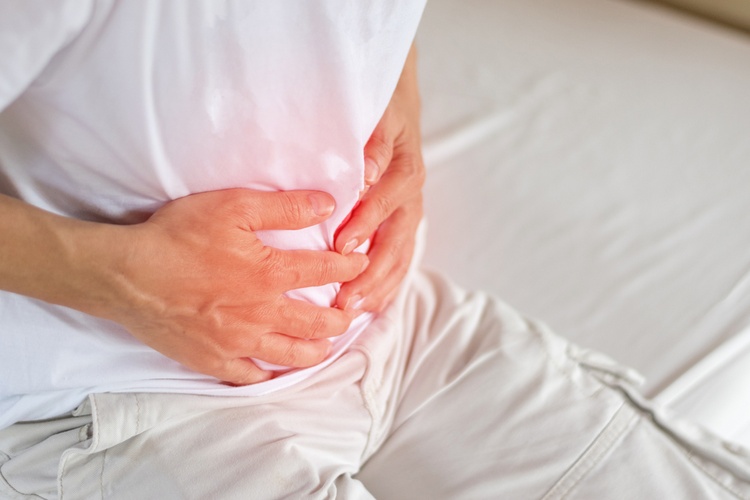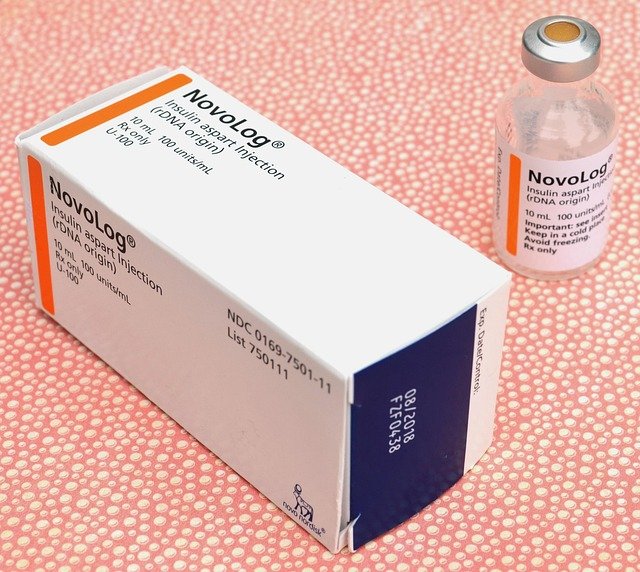Understanding the Causes and Treatments for Pain in the Abdomen: A Comprehensive Guide to Relief and Management
Abdominal pain is a common complaint that can stem from various causes, ranging from minor digestive issues to more serious medical conditions. This comprehensive guide explores the common causes of abdominal pain, symptoms to watch for, and treatment options, with a focus on abdominal adhesions. By understanding the underlying factors and available management strategies, individuals can better navigate their path to relief and improved digestive health.

What are the common causes of abdominal pain?
Abdominal pain can arise from numerous sources, each with its own set of characteristics and potential complications. Some of the most common causes include:
-
Gastrointestinal issues: Indigestion, acid reflux, gastritis, and ulcers can all lead to discomfort in the abdomen.
-
Inflammatory conditions: Conditions like appendicitis, diverticulitis, and inflammatory bowel diseases (such as Crohn’s disease or ulcerative colitis) can cause significant abdominal pain.
-
Infections: Viral or bacterial infections affecting the stomach, intestines, or other abdominal organs can result in pain and other symptoms.
-
Abdominal adhesions: These bands of scar tissue can form between abdominal tissues and organs, potentially causing pain and digestive issues.
-
Gallbladder problems: Gallstones or inflammation of the gallbladder (cholecystitis) can lead to severe abdominal pain, especially in the upper right quadrant.
-
Kidney stones: These small, hard deposits can cause intense pain as they move through the urinary tract.
Understanding the potential causes can help individuals better describe their symptoms to healthcare providers and seek appropriate treatment.
When should you seek medical attention for abdominal pain?
While occasional mild abdominal discomfort is common, certain symptoms warrant immediate medical attention. Seek help if you experience:
-
Severe or persistent pain lasting more than a few hours
-
Fever accompanying the abdominal pain
-
Bloody stools or vomit
-
Signs of dehydration, such as excessive thirst or dark urine
-
Yellowing of the skin or eyes (jaundice)
-
Swelling or tenderness in the abdomen
-
Unexplained weight loss
These symptoms could indicate a more serious underlying condition that requires prompt medical evaluation and treatment.
How do abdominal adhesions affect digestive health?
Abdominal adhesions are bands of fibrous tissue that can form between abdominal tissues and organs, often as a result of surgery, infection, or inflammation. These adhesions can significantly impact digestive health in several ways:
-
Intestinal obstruction: Adhesions can cause the intestines to twist or become blocked, leading to severe pain, nausea, and vomiting.
-
Chronic pain: Even without obstruction, adhesions can cause ongoing abdominal discomfort or pain.
-
Digestive issues: Adhesions may interfere with normal bowel movements, leading to constipation or changes in bowel habits.
-
Fertility problems: In women, adhesions can affect the reproductive organs, potentially leading to infertility or complications during pregnancy.
Understanding the impact of abdominal adhesions on digestive health is crucial for those who have undergone abdominal surgery or experienced abdominal inflammation.
What non-surgical approaches are available for managing abdominal discomfort?
For many individuals experiencing abdominal pain, including those with adhesions, non-surgical management options can provide relief:
-
Dietary modifications: Avoiding trigger foods and following a balanced diet can help reduce digestive discomfort.
-
Physical therapy: Specific exercises and techniques can help improve abdominal muscle strength and reduce pain.
-
Pain management: Over-the-counter or prescription pain medications may be recommended for short-term relief.
-
Stress reduction: Techniques such as meditation, yoga, or cognitive-behavioral therapy can help manage stress-related abdominal pain.
-
Hydration: Maintaining proper hydration can support overall digestive health and reduce the risk of constipation.
These non-invasive approaches often serve as the first line of treatment for managing abdominal discomfort and can be particularly beneficial for those with adhesion-related pain.
What are the latest advancements in treating abdominal adhesions?
Recent developments in the treatment of abdominal adhesions have expanded the options available to patients and healthcare providers:
-
Laparoscopic adhesiolysis: This minimally invasive surgical technique allows for the removal of adhesions through small incisions, potentially reducing the risk of forming new adhesions.
-
Adhesion barriers: Surgeons may use special materials during surgery to prevent new adhesions from forming.
-
Targeted drug therapies: Research is ongoing into medications that can prevent or reduce adhesion formation.
-
Regenerative medicine: Stem cell therapies and other regenerative approaches are being explored for their potential to reduce scar tissue formation.
-
Advanced imaging techniques: Improved imaging methods help doctors better visualize and diagnose adhesions, leading to more precise treatment planning.
These advancements offer hope for more effective management of abdominal adhesions and related pain.
How can individuals prevent and address abdominal adhesions?
While not all abdominal adhesions can be prevented, there are steps individuals can take to reduce their risk and manage existing adhesions:
-
Opt for minimally invasive surgery when possible to reduce the risk of adhesion formation.
-
Follow post-operative care instructions carefully to promote proper healing.
-
Maintain a healthy lifestyle, including a balanced diet and regular exercise, to support overall digestive health.
-
Stay hydrated and avoid constipation, which can exacerbate adhesion-related discomfort.
-
Work with healthcare providers to develop a comprehensive treatment plan that may include a combination of surgical and non-surgical approaches.
By taking a proactive approach to abdominal health and working closely with medical professionals, individuals can better manage the challenges posed by abdominal adhesions and related pain.
In conclusion, understanding the causes and treatments for abdominal pain, particularly in relation to adhesions, is crucial for effective management and improved quality of life. By recognizing common symptoms, exploring non-surgical approaches, and staying informed about the latest treatment options, individuals can take control of their digestive health and find relief from abdominal discomfort.
This article is for informational purposes only and should not be considered medical advice. Please consult a qualified healthcare professional for personalized guidance and treatment.




